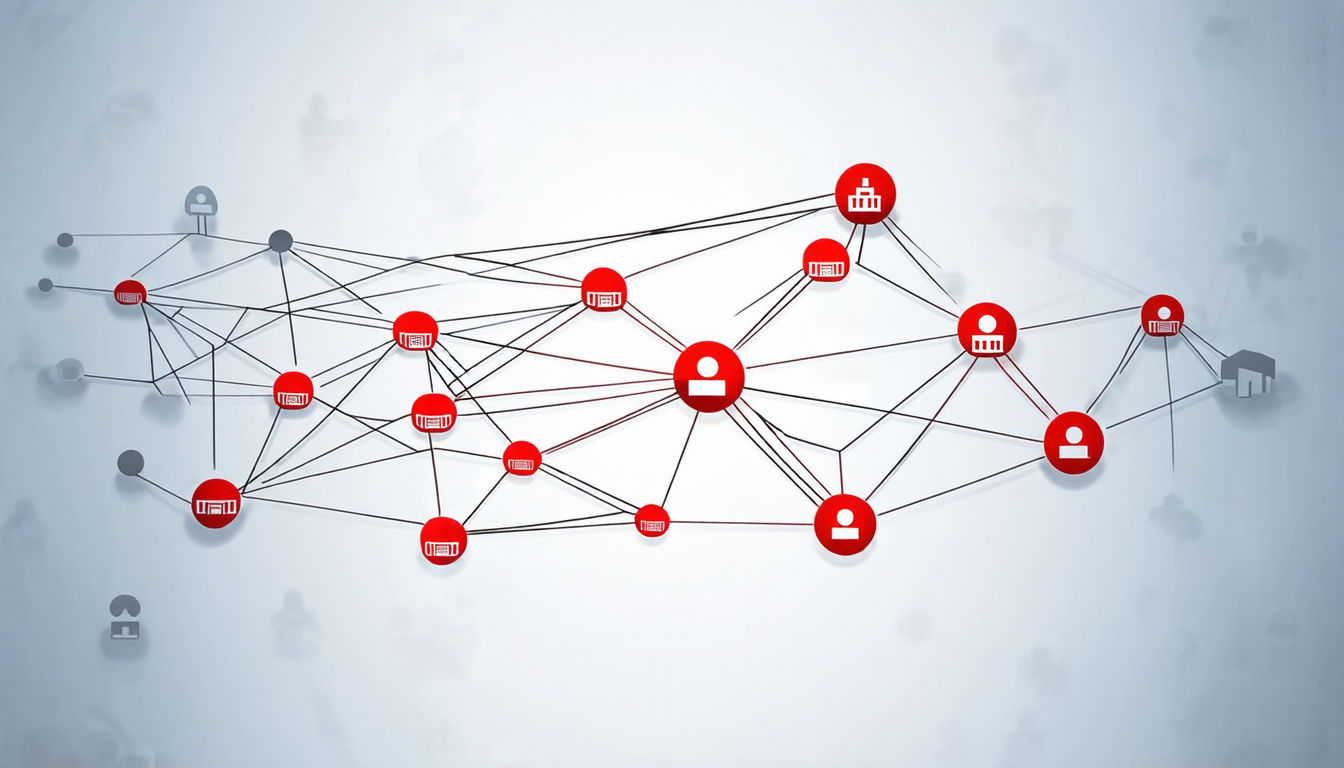Sunday 06 April 2025
In a recent paper, a team of researchers has developed a new model for understanding how credit defaults spread through financial networks. The model takes into account two key factors that contribute to the risk of default: individual debt levels and external infections.
Credit defaults can have far-reaching consequences, from individual investors losing their savings to entire economies collapsing. But until now, understanding how these defaults spread has been a complex task. That’s because credit markets are inherently interconnected, with financial institutions holding debts to one another.
The new model developed by the researchers simulates this interconnection using a novel approach that combines elements of probability theory and network analysis. The team used data from real-world financial networks, including the iTraxx index, which tracks credit default swaps on major corporations.
According to the model, when an individual institution defaults on its debt, it can trigger a chain reaction of defaults throughout the network. This is because institutions that are heavily indebted or have weak defenses against external infections may be more likely to default themselves.
The researchers used their model to simulate various scenarios, including the impact of different economic conditions and policy interventions. They found that the spread of credit defaults can be influenced by factors such as interest rates and regulatory policies.
One key finding was that the order in which institutions are added to the network does not affect the overall risk of default. This suggests that policymakers may not need to worry about the specific sequence of events when trying to stabilize the financial system.
The researchers also found that the probability of observing no losses in a portfolio of credit defaults follows a predictable pattern. According to their model, this probability decreases as more institutions are added to the network and increases as the debt levels of individual institutions decrease.
This new approach has significant implications for understanding and managing risk in financial markets. By taking into account both idiosyncratic and external factors, policymakers can develop more effective strategies for preventing credit defaults from spreading.
The model also provides a powerful tool for analyzing complex financial networks, allowing researchers to simulate different scenarios and test the effectiveness of various policy interventions. This could be particularly useful in times of economic uncertainty or crisis, when swift and informed decision-making is critical.
Overall, this research represents an important step forward in our understanding of credit defaults and their impact on financial markets. By developing more sophisticated models that account for the complex interconnections between institutions, we can better mitigate the risks associated with these events and create a more stable and resilient financial system.
Cite this article: “Unraveling the Dynamics of Infectious Defaults: A Novel Approach to Modeling Portfolio Loss Distributions”, The Science Archive, 2025.
Credit Defaults, Financial Networks, Risk Management, Probability Theory, Network Analysis, Credit Default Swaps, Interest Rates, Regulatory Policies, Economic Uncertainty, Financial Markets.







